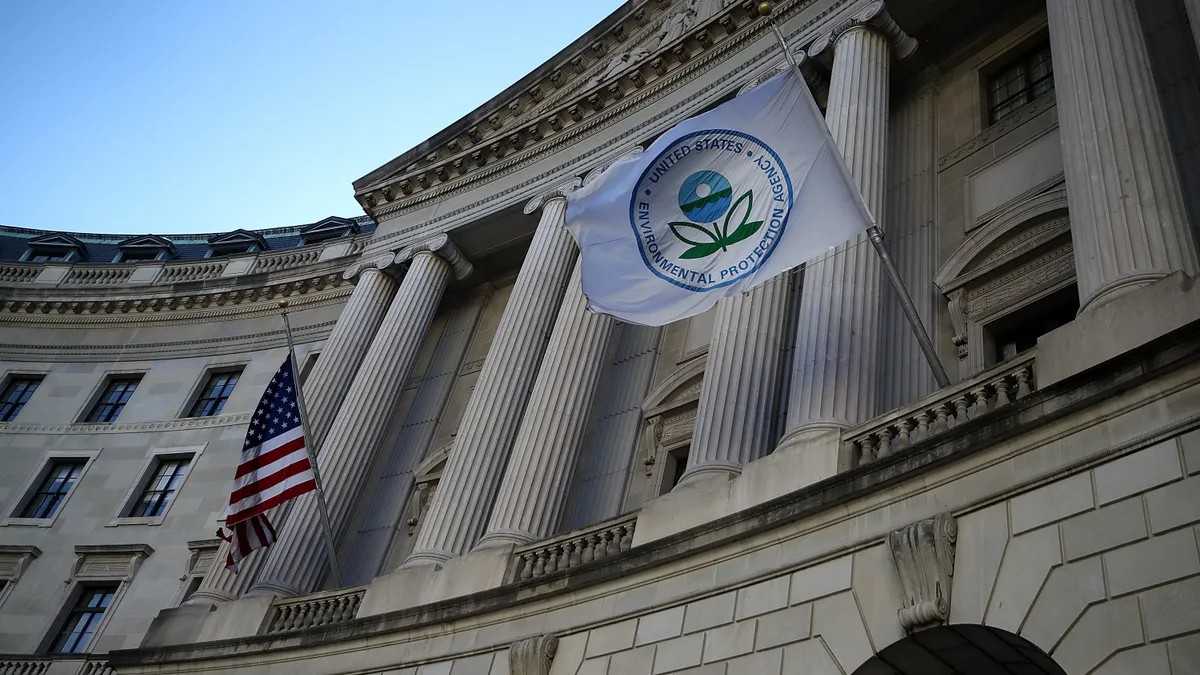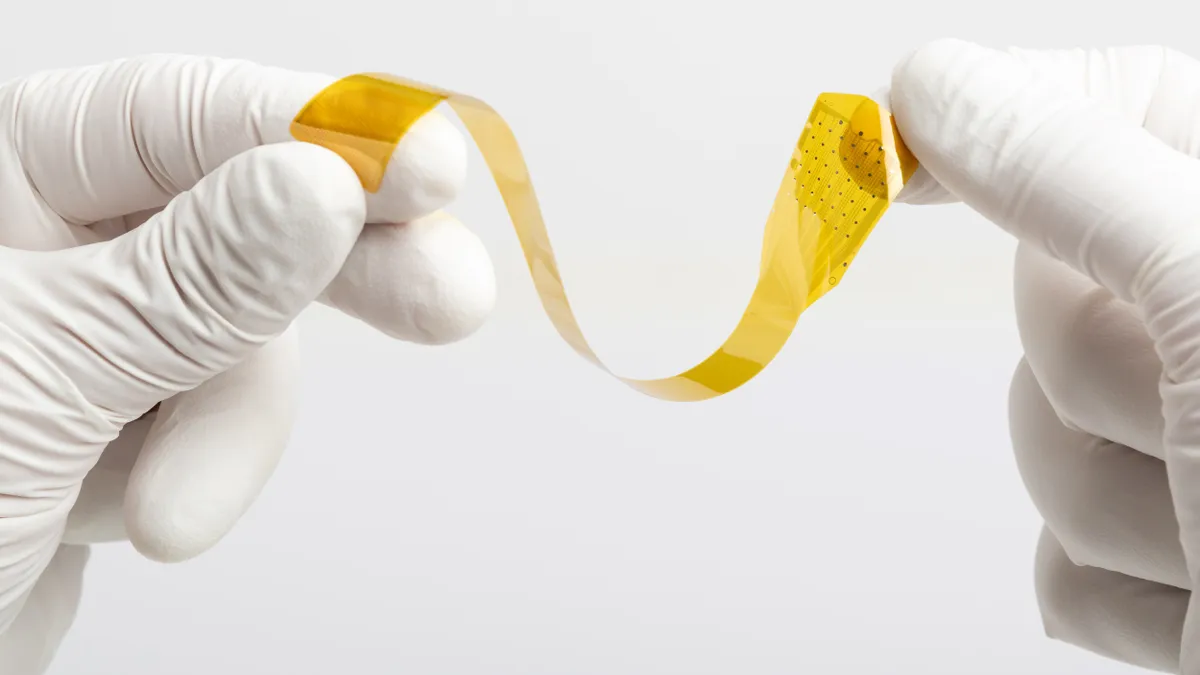The Environmental Protection Agency started requiring facilities run by companies including Boston Scientific and Sterigenics to track activities involving ethylene oxide (EtO) as part of a push to protect communities from the carcinogenic chemical.
In October, EPA signaled its intent to impose new reporting requirements on 31 facilities that use EtO to sterilize medical devices. After receiving feedback from the targeted facilities, EPA decided to remove two facilities from the final list and push ahead with the imposition of reporting requirements on the other 29 sites. The final list covers one sterilization facility run by Boston Scientific and eight each owned by Sterigenics and the Steris-Isomedix combination.
Starting this month, the 29 facilities need to comply with EPA’s Toxics Release Inventory (TRI) reporting requirements. Facilities covered by TRI requirements must track how much of a toxic chemical they put into the environment and manage through recycling, energy recovery and treatment each year. The new TRI covers EtO and, when applicable, ethylene glycol, which is produced using EtO. Both have been on the TRI toxic chemical list since its creation in 1987.
"Workers in facilities that use EtO and people in communities — including historically underserved communities — located adjacent to these facilities have the highest chance of being exposed to EtO. Additionally, because their bodies are still growing, children are expected to be more susceptible to the toxic effects caused by EtO," FDA said in a statement.
Under the new requirements, the 29 facilities need to track their EtO emissions and processing from this month onward. Then, if reporting thresholds are met, the facilities must submit TRI data starting in 2023.
EPA published summaries of responses it received to its original proposal to impose TRI requirements. Boston Scientific said it will comply with any applicable regulatory requirements from EPA but pushed back against its inclusion on a list of contract sterilizers. According to Boston Scientific, the facility is not a contract sterilizer because it exclusively processes the company's own products.
However, EPA found that FDA's Establishment Registration & Device Listing database lists the facility as both a manufacturer and contract sterilizer. A filing with FDA by Stryker from 2018 lists Boston Scientific's Coventry, Rhode Island facility as the sterilization site for a balloon catheter.
The Rhode Island facility reported EtO emissions until 2005, several years before Boston Scientific bought the site from Steris. More than 20 other sites targeted by EPA also stopped reporting between 1992 and 2016, which the agency understands happened because the facilities determined they were not legally obligated to report emissions to TRI. The other seven sites lack a history of EtO releases.
EPA selected the facilities because the agency contends they are the 29 biggest users of EtO in the contract device sterilization sector and they do not currently report to TRI. Other factors informing the decision include the facilities' proximity to population centers and schools. In the case of the Boston Scientific facility, EPA determined there are more than 7,000 people, including around 3,500 children under five years old, and at least 16 schools within a five-mile radius of the sterilization plant.
Industry pushback against the proposals was minimal. EPA said Steris "voiced concern" with the National Air Toxics Assessment (NATA) data referenced in the proposal. The concerns center on the "perceived accuracy of the NATA data and its origin."
In response, EPA said there is a separate channel in which it is discussing the data with industry and regulators but, in this case, there "are additional environmental indicators" that support the imposition of the requirements. As such, EPA said "neither the environmental justice screening nor the overall decision ... hinge solely on the NATA-sourced environmental indicators." Steris said it is prepared to comply with the TRI rules.
Sterigenics also confirmed it is willing to report to TRI, adding that "certain information related to the usage and air emissions of ethylene oxide from their facilities have been provided to other EPA programs and to state environmental protection agencies." The contract sterilizer was an early target of the fight against EtO emissions and lawsuits related to the chemical.
EPA also explained its decision to remove two facilities from the final list. NovoSci has sold the Conroe, Texas site targeted in the original proposal. As no sterilization work is now done at the facility, EPA dropped it from the final list of sites subject to TRI reporting requirements.
The agency removed Andersen Scientific's Morrisville, North Carolina site from the list after the company said it uses 90 to 100 pounds of EtO per year, well below the reporting threshold of 10,000 pounds a year. Andersen Scientific attributed its limited use of EtO to its sterilization technology, scale of operations and niche client base, EPA said.


















